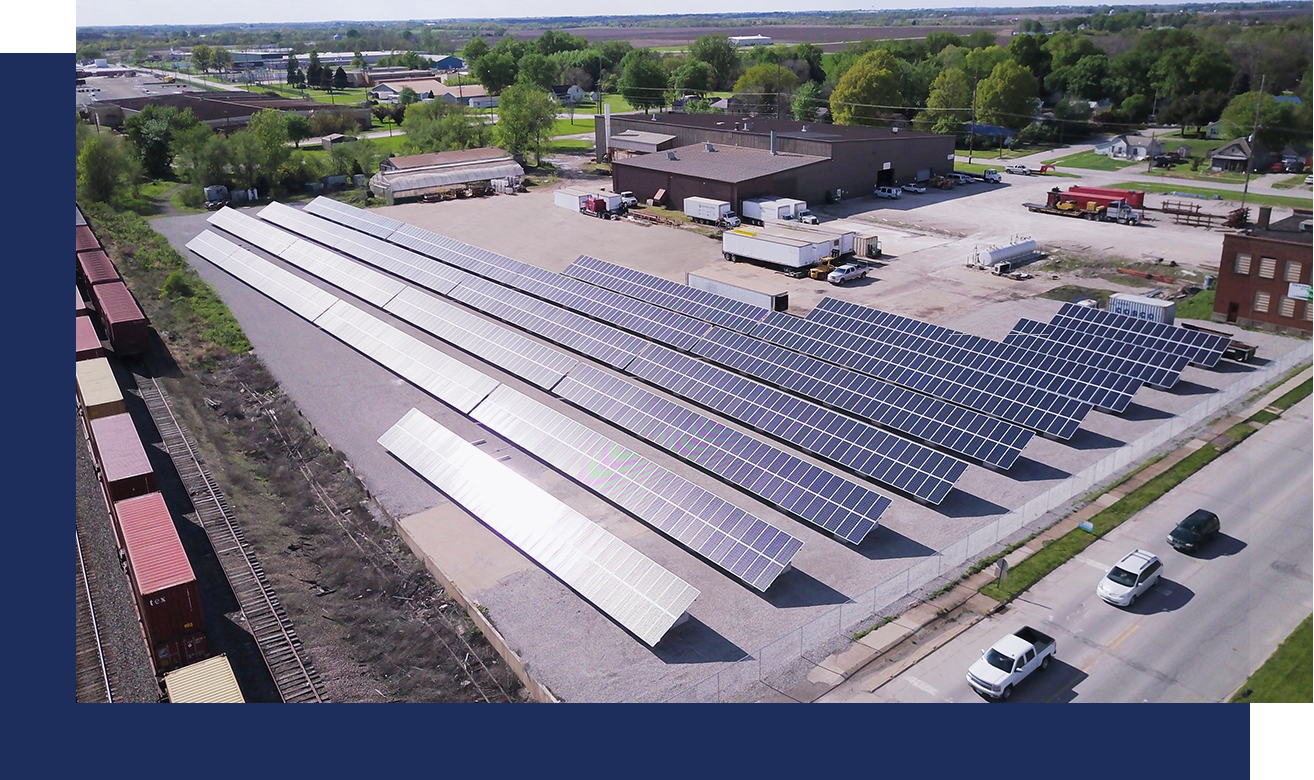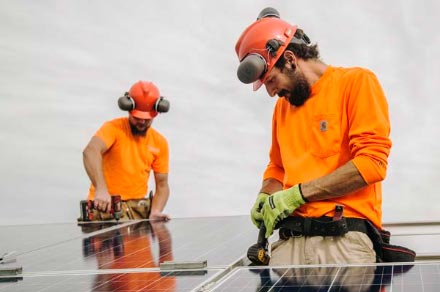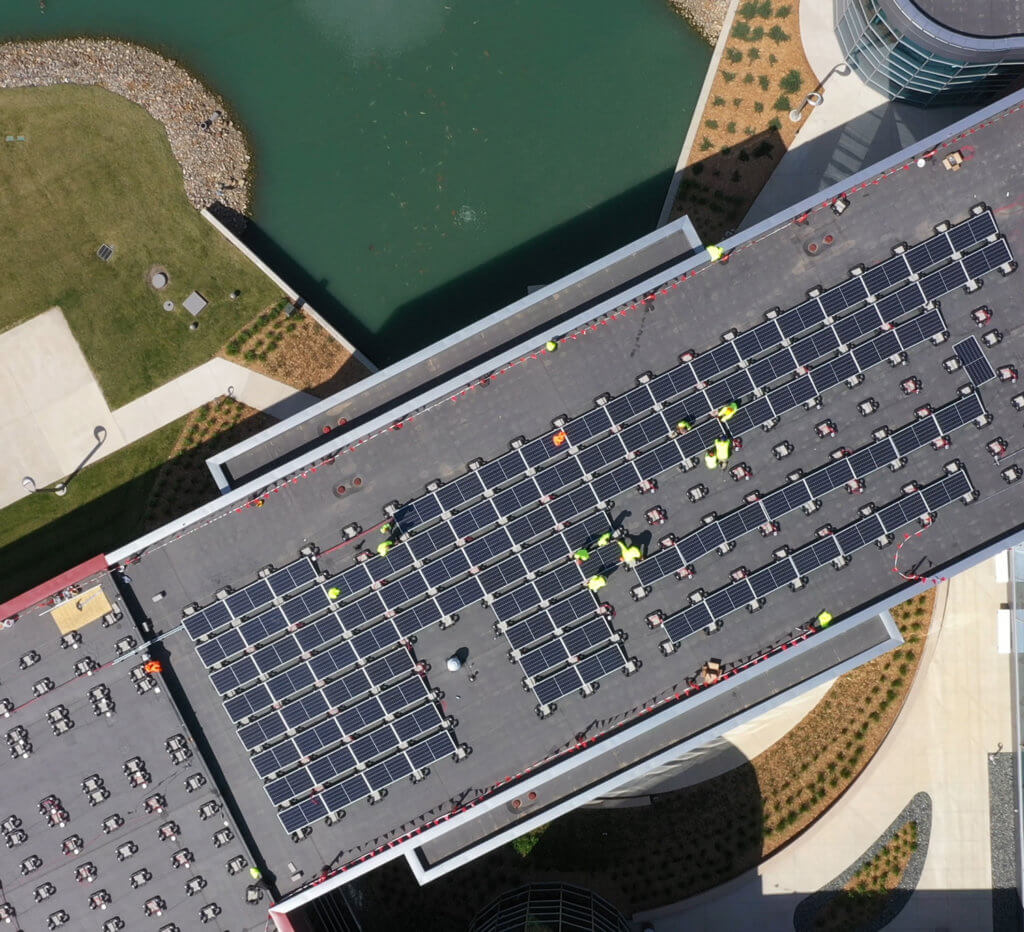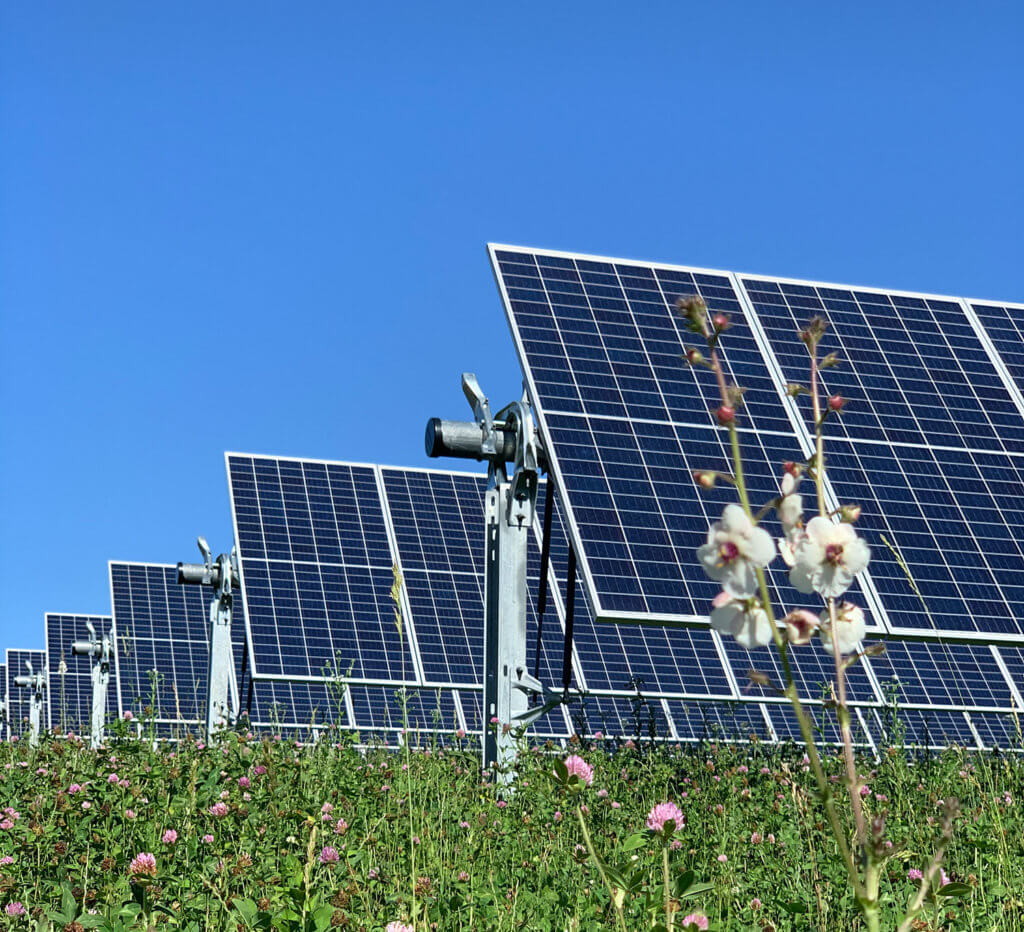By: Troy Van Beek, Former US Navy SEAL & Co-Founder, Ideal Energy
Navigating uncertainty and disruption are the defining features of 2020. Here’s how 3 Midwest companies are looking to the future and building strength, security, and resiliency with renewables.
2020 has proved to be a year of radical disruption defined by political unrest, protests and natural disasters in the form of hurricanes, windstorms and unstoppable fires. However, nothing has compared to the global lockdowns and consequent rippling economic effects from the spread of the Covid-19 pandemic in the early months of the year.
The number of global catastrophic events are continuing to grow, forcing businesses to redefine how they operate. Workforce is becoming increasingly virtual, markets are consolidating, and margins are shrinking. In addition to navigating the pandemic crisis, companies are continually expected to lower pricing while simultaneously increasing quality and corporate responsibility initiatives. Looking to the future, environmental and social pressures will likely continue to critically affect businesses, but the future will belong to the companies that adapt with innovative solutions to these challenges.
Navigating this uncertainty with a successful long-term business strategy requires the ability to look beyond short-run disruption, identify new opportunity, and invest when others are fearful. “The way large companies respond to this crisis is a defining moment that will be remembered for decades,” says Mark R. Kramer in a recent article from the Harvard Business Review. “Research suggests that people only truly believe that their company has a purpose and clear values when they see management making a decision that sacrifices short-term profitability for the sake of adhering to those values.”
One study finds that a company’s share prices react positively when companies announce a shift in business models to address sustainability. Companies that invest in technologies including renewable energy experience a two-fold benefit: improving profitability by reducing waste within the operating budget, while simultaneously generating public attention from a sustainability initiative.
For over a decade, Ideal Energy has been working with companies to strengthen their competitive positioning and profitability with sustainable solar energy and battery storage solutions. We work with many industries including agri-industrial businesses, advanced manufacturing, welding, and biochemical companies. These businesses that have differentiated themselves with investments in solar energy in the Midwest are thriving. Here we look at three companies who have used solar energy as part of a strategy to increase strength, security, and resiliency.
How a company responds to change determines the ability to carry on and prosper in the world of tomorrow. With 80+ years in business, Vander Haag’s Inc. has adapted and thrived throughout decades of adversity. The family-owned company originally began as the South Side Junkyard, a scrap iron and metal business that supported the war effort, in Sanborn, Iowa in 1939. Vander Haag’s took a different direction during the Korean war in 1955, when founder John C. Vander Haag Sr. saw the need for recycled salvaged parts as new parts became difficult to obtain. Today, the company is an award-winning heavy-duty trucking supply company with seven locations across the Midwest.
In 2019, in celebration of the company’s 80th birthday, Vander Haag’s committed to transitioning its four Iowa-based locations to solar energy, with an investment into nearly a half-megawatt of solar energy. The move will save the company nearly $1.5 million in utility costs over the next 25 years while offsetting approximately 13,300 metric tons of CO2, which is equivalent to powering 1,600 homes.
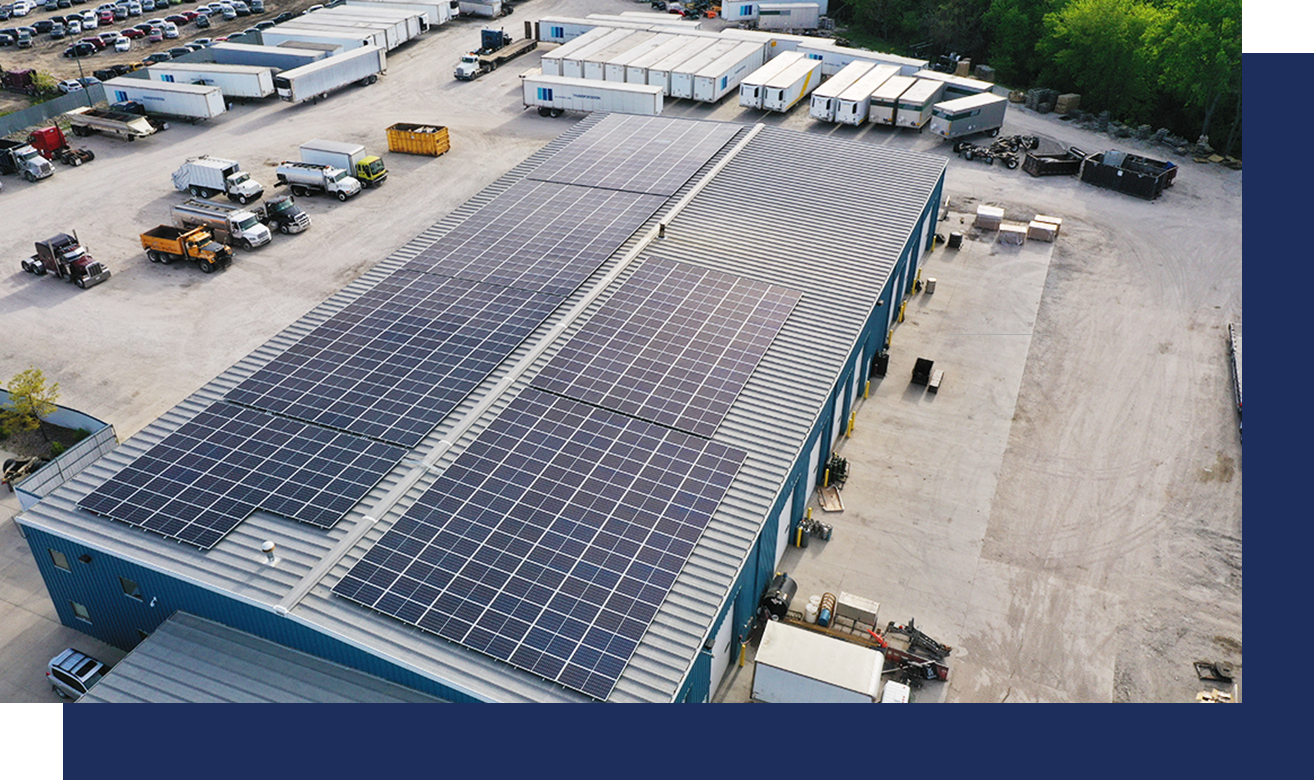
Initially, when Ideal Energy designed and commissioned the solar and battery system in 2019, the project had a 9-year payback. One year later, due to changes in utility tariffs, the project now pays for itself in 3 years, which has helped AIP secure affordable energy operating costs for decades to come. As a first-mover in solar and storage technology, AIP stands out from its competitors with positioning as a leader in sustainable technology.
Situated on a former brownfield site, the 500 kW solar field at Schaus-Vorhies Manufacturing (SVM) is an example of putting unproductive land to use. The array is saving SVM an average of $113,000 per year in utility costs and the company has zeroed out their electrical bill while producing 100% of their energy needs sustainably, onsite.
To achieve an equivalent increase in revenue comparable to these savings, co-owners Greg and Roger Vorhies acknowledged that high risk and significant capital investment would have been required, which would have entailed developing new products, investing in more equipment, and acquiring new clients. In contrast, using solar power provided a predictable return on investment with low risk. “We were looking at a five-year payback on a very low-risk investment, with savings up to $113,000 per year,” says Greg Vorhies, “I got to make my site look better, and from a green perspective, with renewable energy, how can you go wrong?”
